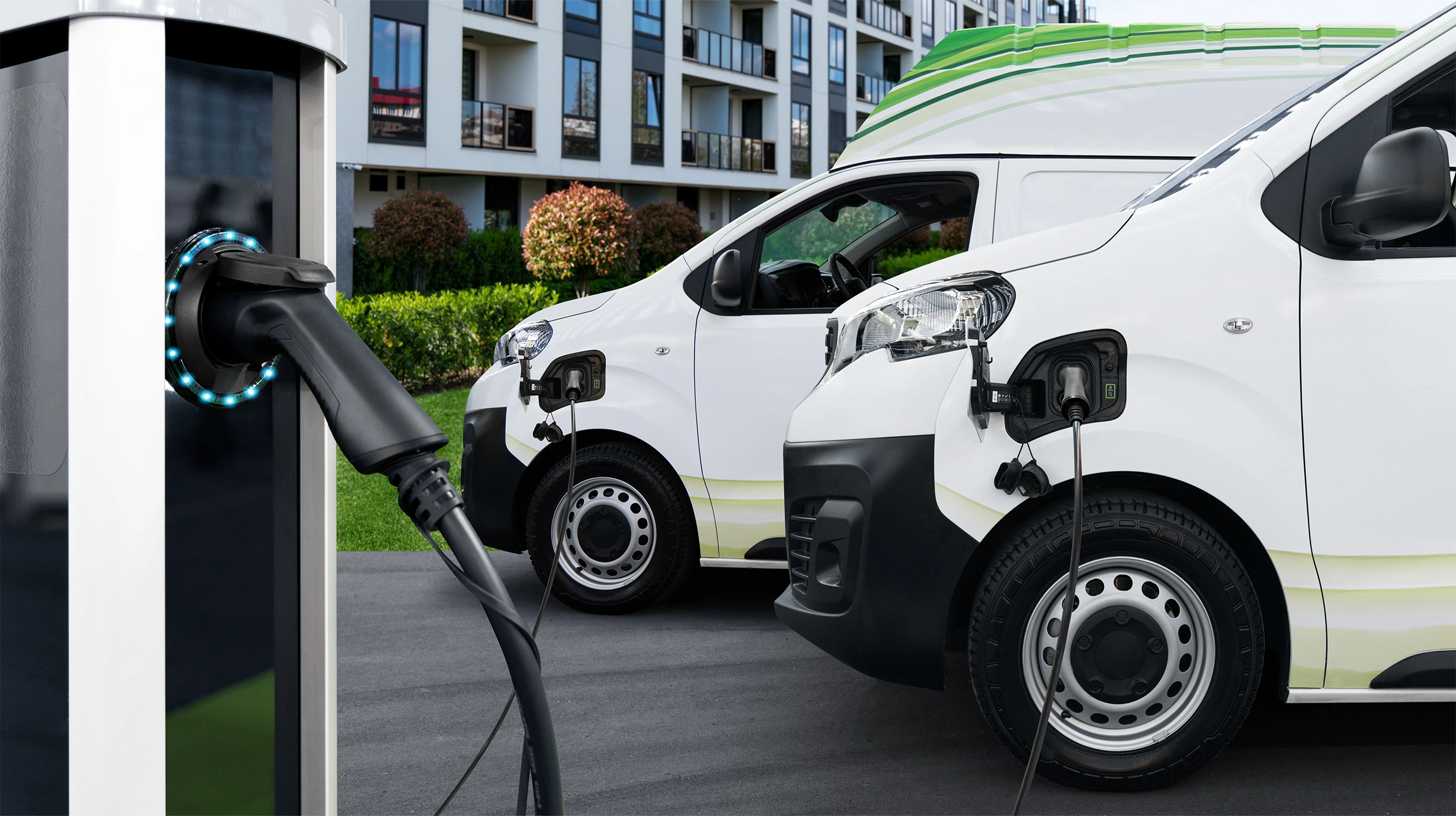More from the 5G glossary
View all 5G glossary entriesWhat is Edge Cloud?
An edge cloud is a type of cloud computing that brings data storage and compute resources closer to the edge of the network, where devices are located. By doing so, data and compute resources can be accessed more quickly and directly by devices, rather than having to travel all the way back to a centralised data centre. This can be especially useful in cases where data needs to be processed in real-time, such as for Internet of Things (IoT) applications.
One key benefit of edge clouds is that they can help to reduce latency. This is because data does not have to travel as far to reach the edge cloud, and can be processed more quickly. This can be crucial for applications where every millisecond counts, such as in virtual reality or gaming. In addition, edge clouds can improve reliability, as they can provide a backup in case of problems with the centralised data centre.
There are some challenges associated with edge clouds, however. One is that they can be more difficult to manage, as they are distributed across many different locations. In addition, they can be more expensive to set up and maintain, as each edge location needs its own infrastructure.
Despite these challenges, edge clouds are becoming increasingly popular as the need for low-latency & high reliability grows. For many applications, the benefits of edge clouds outweigh the challenges, making them a key part of the future of cloud computing.





